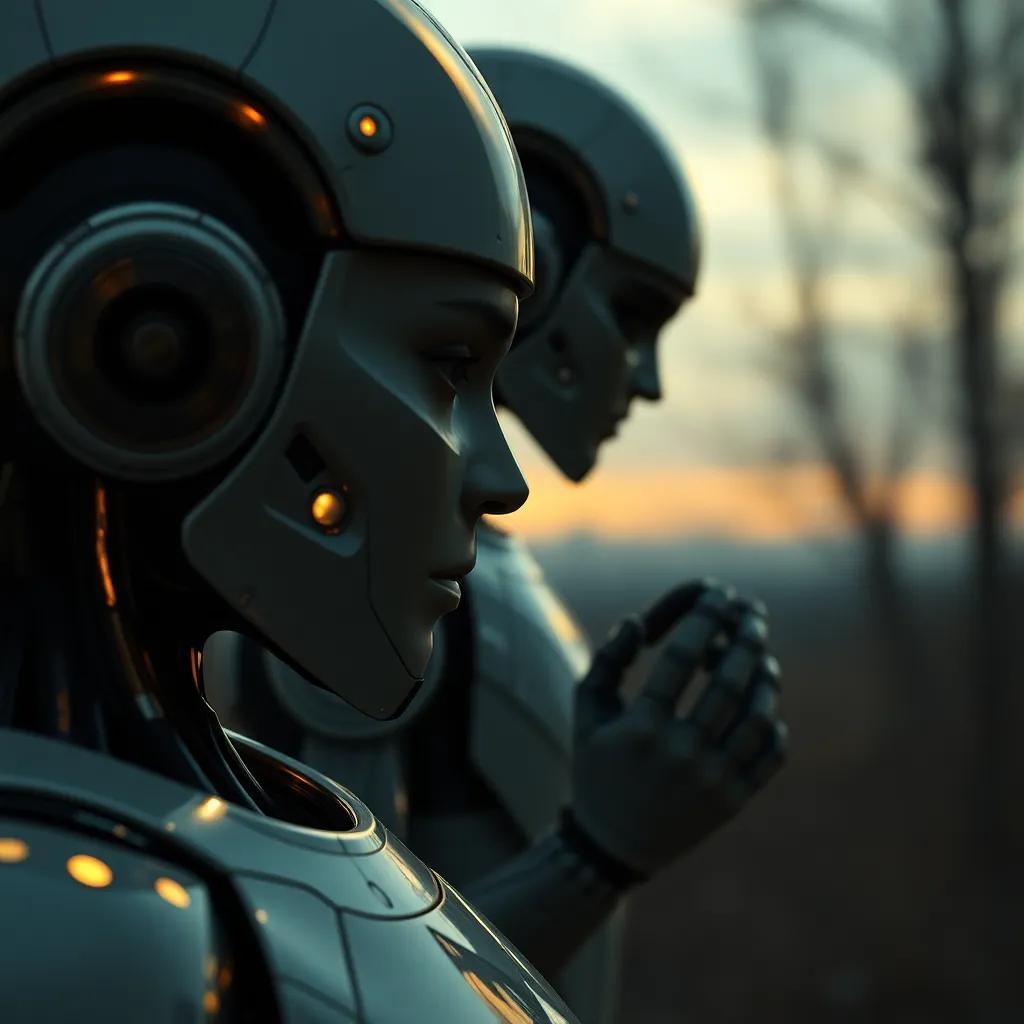Table of Contents
Robotic Revolution Unfolding

How would our lives change if robots could learn new tasks without human intervention? Surprising as it sounds, recent studies indicate that over 30% of businesses now utilize some form of robotic automation in their operations, a testament to the growing reliance on technology.As we stand on the cusp of important advancements, self-learning robotics emerge as transformative forces that could adapt seamlessly to unseen challenges, revolutionizing industries and daily life.In this article, we’ll explore the mechanisms behind this adaptability, real-world applications, and the implications for the economy and workforce.
The Mechanics of Self-learning Robotics
Self-learning robotics hinge on advanced machine learning algorithms, allowing them to process vast amounts of data and adapt based on experience. This evolution in robotics is crucial for keeping up with dynamic environments and tasks that humans might find challenging to program manually.
key Features of Self-learning Robotics:
- Real-time learning: robots can learn and adapt to new tasks in seconds, analyzing data as it comes.
- Sensors and Feedback Loops: Equipped with sensors, these robots can understand their surroundings and adjust their actions based on feedback.
- Reduction in Downtime: Studies show that self-learning robots can reduce downtime by 40%, allowing for continuous operations.
According to research from McKinsey & Company, companies that implement self-learning robotics report up to 60% efficiency gains in manufacturing and logistics. As these technologies continue to evolve, the ability for robots to not just replicate but innovate will redefine operational standards. This lays the groundwork for a future where the human-robot collaboration truly enhances productivity and adaptability.
Unlocking New Possibilities in Diverse Sectors
The versatility of self-learning robotics is evident across various sectors, from manufacturing to healthcare. In fact, according to a report from Statista, the global market for service robotics is projected to reach $23 billion by 2025, a clear indicator of their growing impact.
Impact on Multiple Industries:
- Manufacturing: Robots can assemble complex products faster; the automotive industry alone has seen assembly times decrease by 15%.
- healthcare: Self-learning robots assist in surgeries, leading to 35% fewer complications during procedures.
- Agriculture: These robots can analyze soil health and crop yield, improving output by up to 50%.
Thus, sectors that adopt self-learning robotics not only enhance productivity but also gain the flexibility to respond to market demands swiftly. As a result, companies are not just adapting; they are thriving in an increasingly competitive landscape.
Shaping the Future Workforce
The rise of self-learning robotics poses compelling questions about the future of work. While some fear job displacement, research suggests that these innovations will create more jobs than they eliminate. According to a World Economic Forum report, 85 million jobs may be displaced by 2025, but 97 million new roles focused on human-centered skills and technology will emerge.
- Reskilling Needs: There will be a surge in demand for training programs focusing on collaborative robots (cobots) that work alongside humans.
- new Job Categories: Roles in AI management, robotic maintenance, and data analysis will emerge, closing the labor gap in industries adopting these technologies.
Companies willing to adapt their workforce strategies will not only benefit from enhanced productivity but also ensure that employees evolve alongside technology, optimizing both human and robotic capabilities.
Robots Redefining Resilience

the age of self-learning robotics is upon us, equipped to adapt and thrive within various industries while shaping the future workforce dynamic. as these robots learn and evolve, they will pave the way for innovative paths in commerce, healthcare, and beyond, ensuring that humanity’s next chapter is not just about coexistence, but also about collaboration.
Final Takeaway: As we embrace a future intertwined with robotic intelligence, it is indeed crucial to reflect on the balance of growth and obligation-how will we ensure technology serves humanity’s best interests?
What role will you play in this transformative journey?




